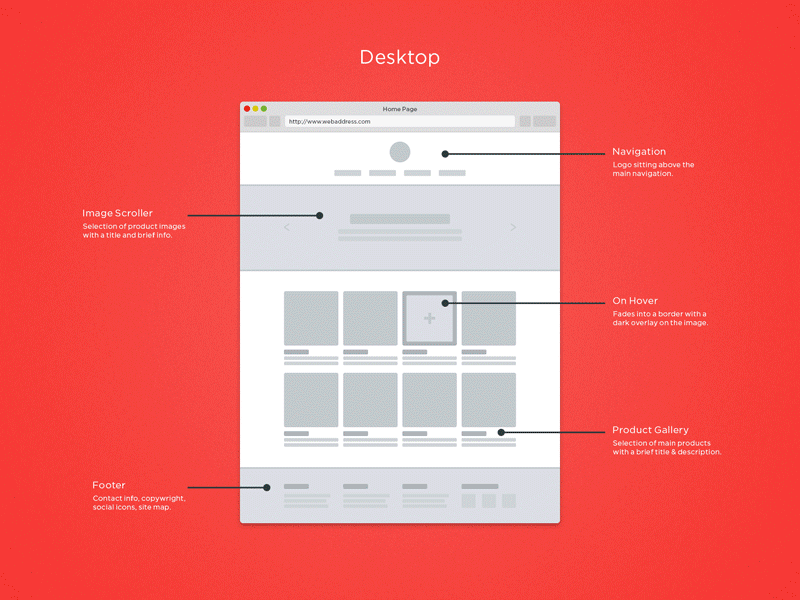Review 2: Principles of design
Depth of processing:
"A phenomenon of memory in which information that is analyzed deeply is better recalled than information that is analyzed superficially."
Mental cognition could be identified in two types of processes "Maintenance rehearsal" and "Elaborative rehearsal". Elaborative rehearsals rely on deep understanding of a topic and could be related to recognition of the subject.
Best examples: Narrative video games, Duo lingo, Children's books
Framing:
'A technique that influences decision making and judgment by manipulating the way information is presented."
Framing can be identified as "positive framing" and "negative framing", these framing techniques are used to form an understanding of an idea, without having deep understanding of it.
Best example: Political advertising, product advertising, News channels
Immersion:
"A state of mental focus so intense that awareness of the 'real' world is lost, generally resulting in a feeling of joy and satisfaction."
Immersion techniques are used to get the user's attention for a long period of time, and makes the user temporarily forget about other concerns and tasks, that have real world consequences for the human user.
Best example: Virtual Reality devices, Novels, comic books, video games
Way-finding:
"The process of using spatial and environmental information to navigate to a destination."
Way finding techniques deal with spatial understanding, and making it easy for user to navigate through a physical / virtual space. it's suppose to help the user with orientation, route decision, route monitoring, and destination recognition.
Best example: Google maps, google search, CAD software
Opinion:
The stated principles are very well related to media interface design and we can see these principles in practice in websites, apps, video games, VR, billboards and signage.
Many popular online services like facebook, google, CNN, etc use these principles, but one of the best examples I've seen is Youtube.
- It uses images and animations along with text to better understand each video's content. User comments are also used to see what other people feel about the content, which also helps form an opinion.
- The content creators have options to frame the heading and thumbnail image to convey a message and attract users to view the content, also commonly known as click baiting.
- The users have options to view the videos in full screen, hide unnecessary backgrounds, use subtitles, some videos have VR capabilities and even comment on videos to give user maximum options to immerse in content.
- Among the thousands of videos and content updated each day, the site offers easy access to relatable content as well as options to navigate back to where the user started from or where the content was derived from. The menu and side bar have all sorts of navigation options to browse through virtual space of the site.






